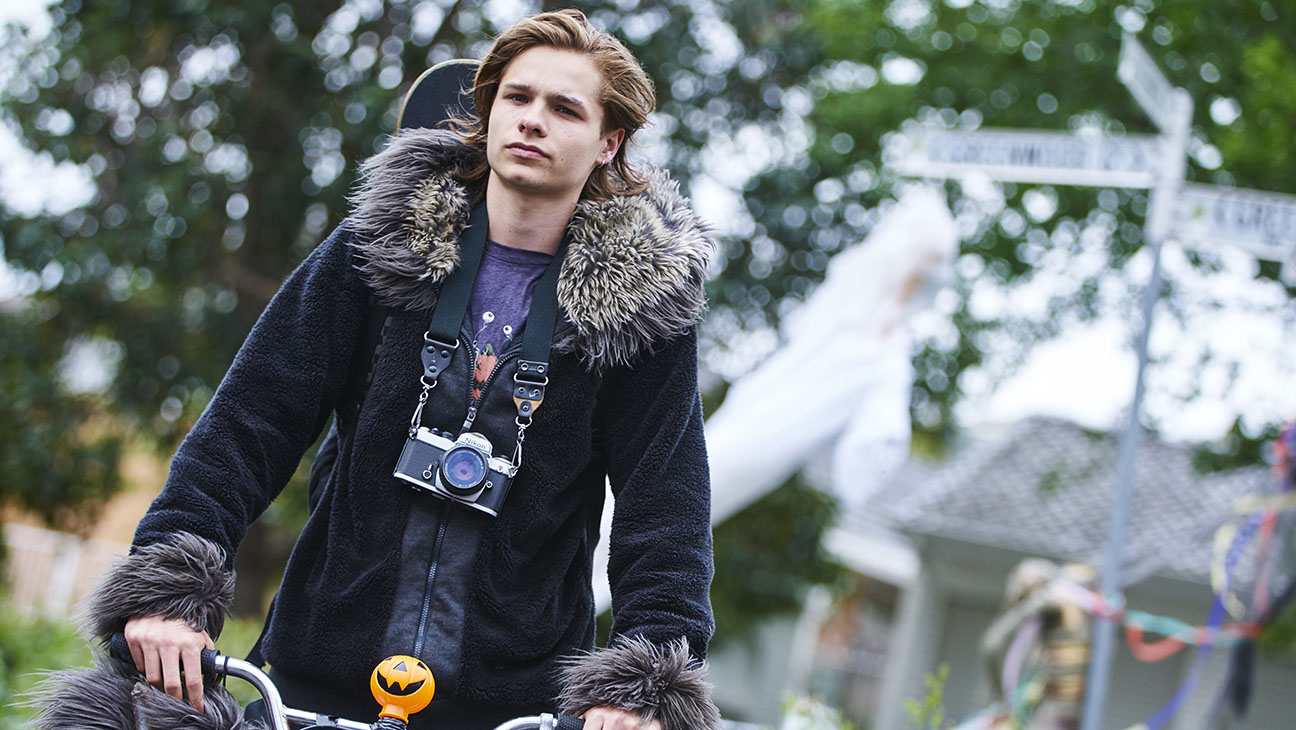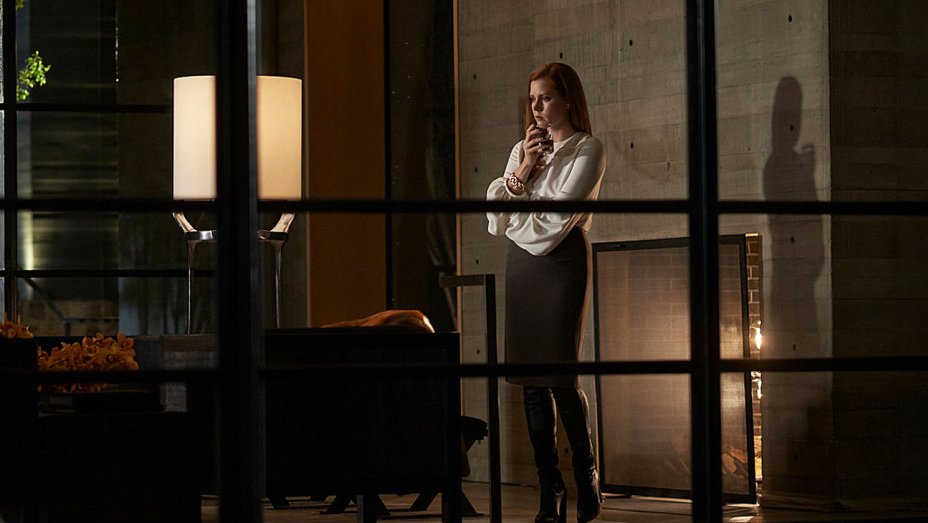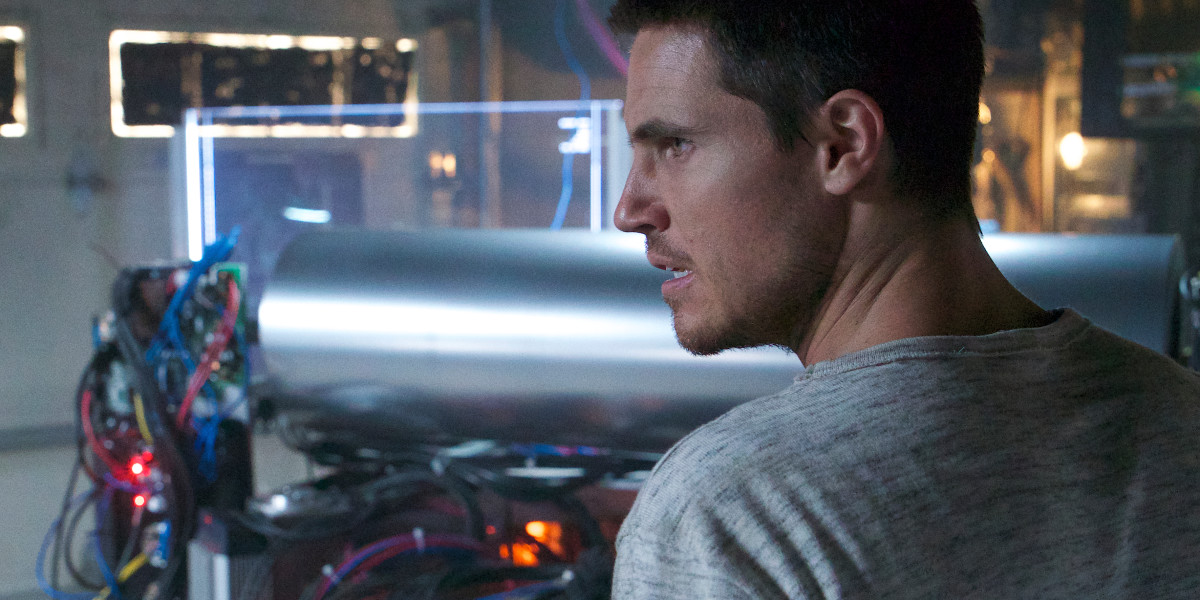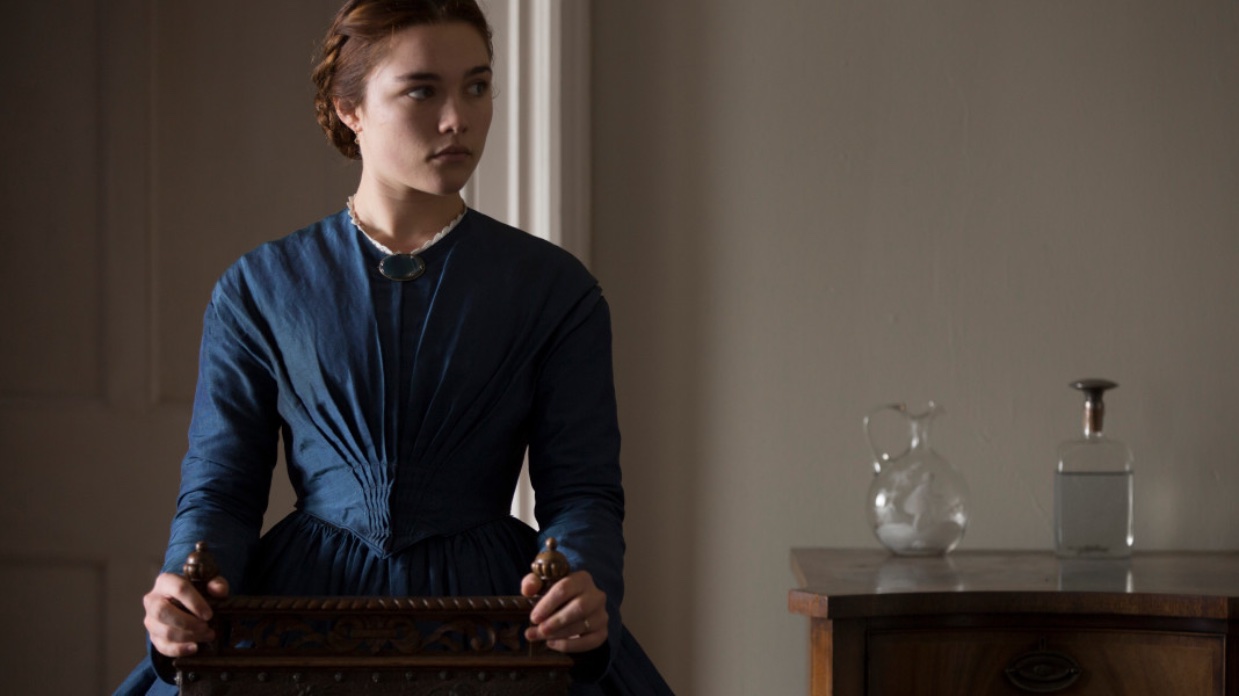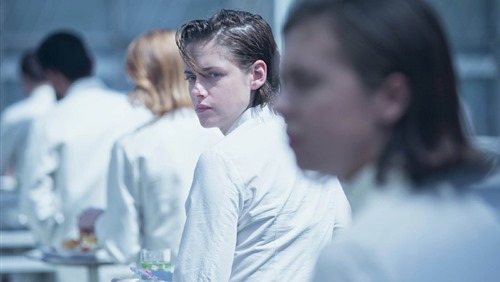Written by Katherine Murray.
By the time I walked into my screening of Boys in the Trees, it had a little frowny face beside it in the Toronto International Film Festival (TIFF) mobile app, and there was a “buy one, get one” sale on tickets. Since premiering at Venice earlier this month, the film hasn’t received more than a handful of mixed reviews. While it’s slated to hit Australian theatres in time for Halloween, I haven’t been able to find any news about distribution in North America. This is very disappointing, because Boys in the Trees is one of the best films I’ve seen in recent years, and I left the theatre wanting to share it with everyone.
The first feature film from Nicholas Verso, Boys in the Trees is a coming-of-age story focused on questions of masculinity and wrapped in a delightful – and visually stunning – cloak of Halloween. I was in love with every part of it, right from the start – the details in the costuming, the weirdly specific soundtrack (which Verso explained was built out of songs that had personal meaning for him), the charismatic performances from its young actors, the incredibly vivid colors in a movie set almost completely at night. Mostly, though, I loved the dark emotional palette the story draws from, and its fearlessness in letting itself and its teenage characters be uncool enough to care about things.
The story takes place in a stylized, hyper-real version of 1997, in which a bully and his victim go on a supernatural adventure together on Halloween night. Corey (Toby Wallace), the bully, is also the film’s protagonist, trying to figure out whether following his dreams is worth exposing himself to scorn and ridicule. Jonah (Gulliver McGrath), the victim, used to be Corey’s best friend, before Corey started trying so hard to fit in. Over the course of a night, they explore what it means that their friendship fell apart – what childhood loses to adolescence, what adolescence loses to adulthood, what we gain in either case, and what we give away when we stop hoping that something amazing could happen to us.
The film’s greatest trick is that there’s a false ending roughly 80 minutes in, in which it seems like Corey’s learned everything he needed to learn and wrapped all of his problems up neatly… only to discover that there’s still half an hour in this movie, nothing is as simple as it seems, and sometimes you can’t take back what you’ve done.
At the screening, Verso explained that he’s received mixed reactions from men watching the film. Some hate it passionately, and others told him it’s precious to them because of how it reflects their experiences. In exploring masculinity, Boys in the Trees brushes against sexism, homophobia, latent homosexuality, aggression, vulnerability, kindness, friendship, and strength at various times without seeming like a Public Service Announcement. It’s a story about bullying that isn’t as simple as saying, “Bullies are horrible people,” and a story about friendship that isn’t as simple as saying, “Your friends are the people you always get along with.” The film takes a more layered view of what people can be to each other – what boys can be to each other – and how relationships can change from moment to moment.
Verso’s view of Halloween is also – except for one jump scare – less rooted in terror than in carnival – the idea that there’s one night a year where the regular rules are suspended; when the veils between worlds, both real and imagined, become permeable, and people can cross over. This is the most delicious form of Halloween, and it’s on full display from beginning to end.
The only weakness worth mentioning is a subplot in which Corey earns a girlfriend almost completely at random. This plot line has no relationship to anything else in the movie, slows down the action in confusing ways whenever it appears, and seems to happen just because it’s expected. The girl, Romany (Mitzi Ruhlmann), seems pretty cool, but is also made to speak for her entire gender at various points, and literally only ever appears so that she can be a good influence on Corey. Since Jonah’s already a good influence on Corey and more integral to the plot, it’s not clear what Romany’s adding besides proof of Corey’s heterosexuality.
That’s important, because the much more interesting relationship in the film exists between Corey and the leader of his little gang, Jango (Justin Holborow). Jango’s an asshole, but he also values his friendship with Corey, who draws out a gentler side of his personality. Justin Holborow’s performance captures the sense of someone whose entire demeanor can change depending on whether or not he sees the people before him as human, and there are homoerotic undertones to the frustrated sense of ownership he displays toward Corey. It’s not that Boys in the Trees needs to be an LGBTQ movie in order to tell a good story – it’s just that the film seems a lot more interested in the boys’ relationship than it does in Romany, and it might have been nice if the story had leaned into it more.
Even with the extraneous heterosexual romance running interference, Boys in the Trees still presents a remarkably strong sense of voice, and displays the same strength of its characters in daring to leave itself vulnerable through nerdy acts of caring. Verso took risks with this story and poured himself into it rather than holding back, and that’s something I’d always choose to watch over a perfectly executed, perfectly ordinary film.
Boys in the Trees may or may not ever come to a theatre near you, but, hopefully, we can all stream it online one day.
Katherine Murray is a Toronto-based writer who yells about movies, TV and video games on her blog.
